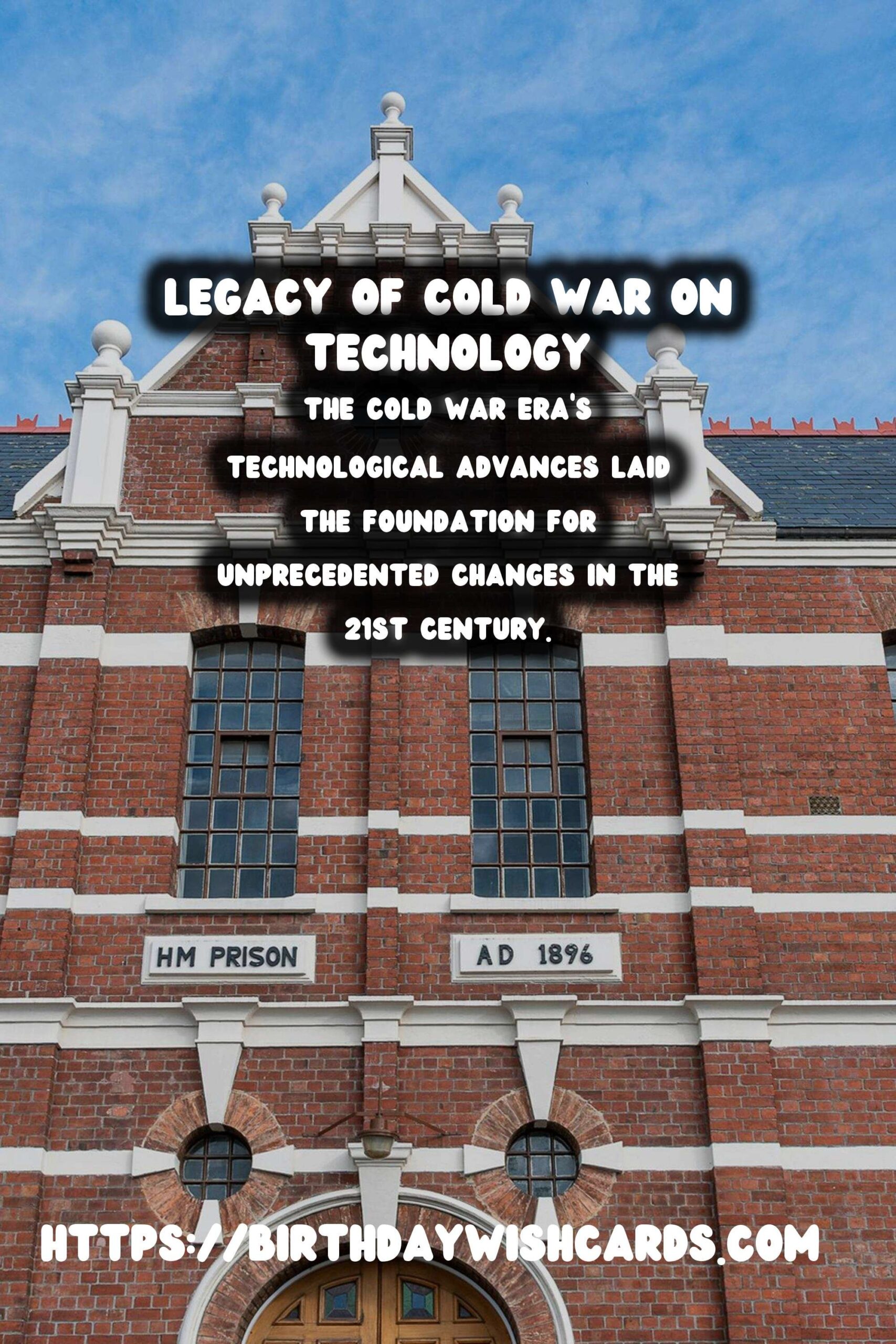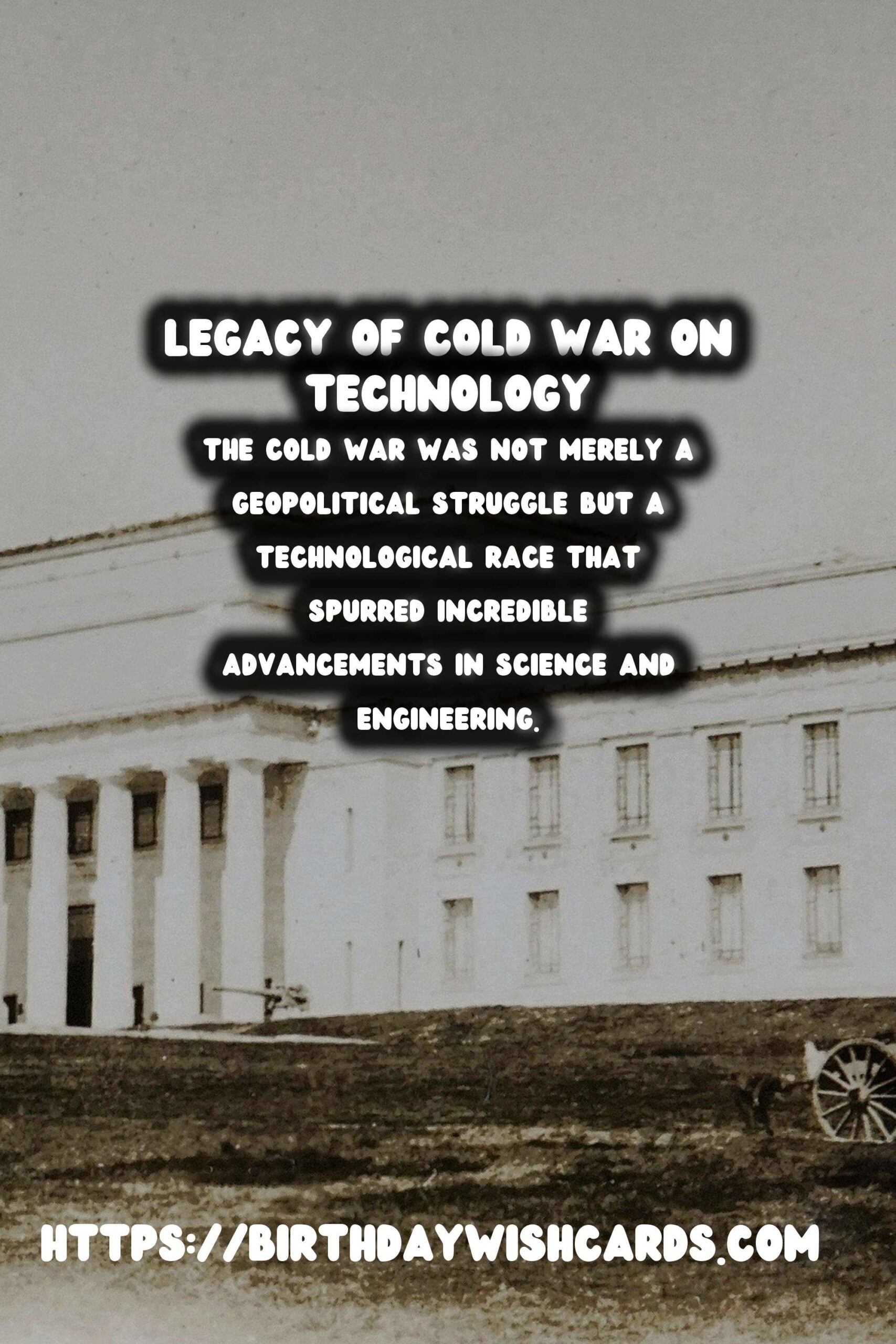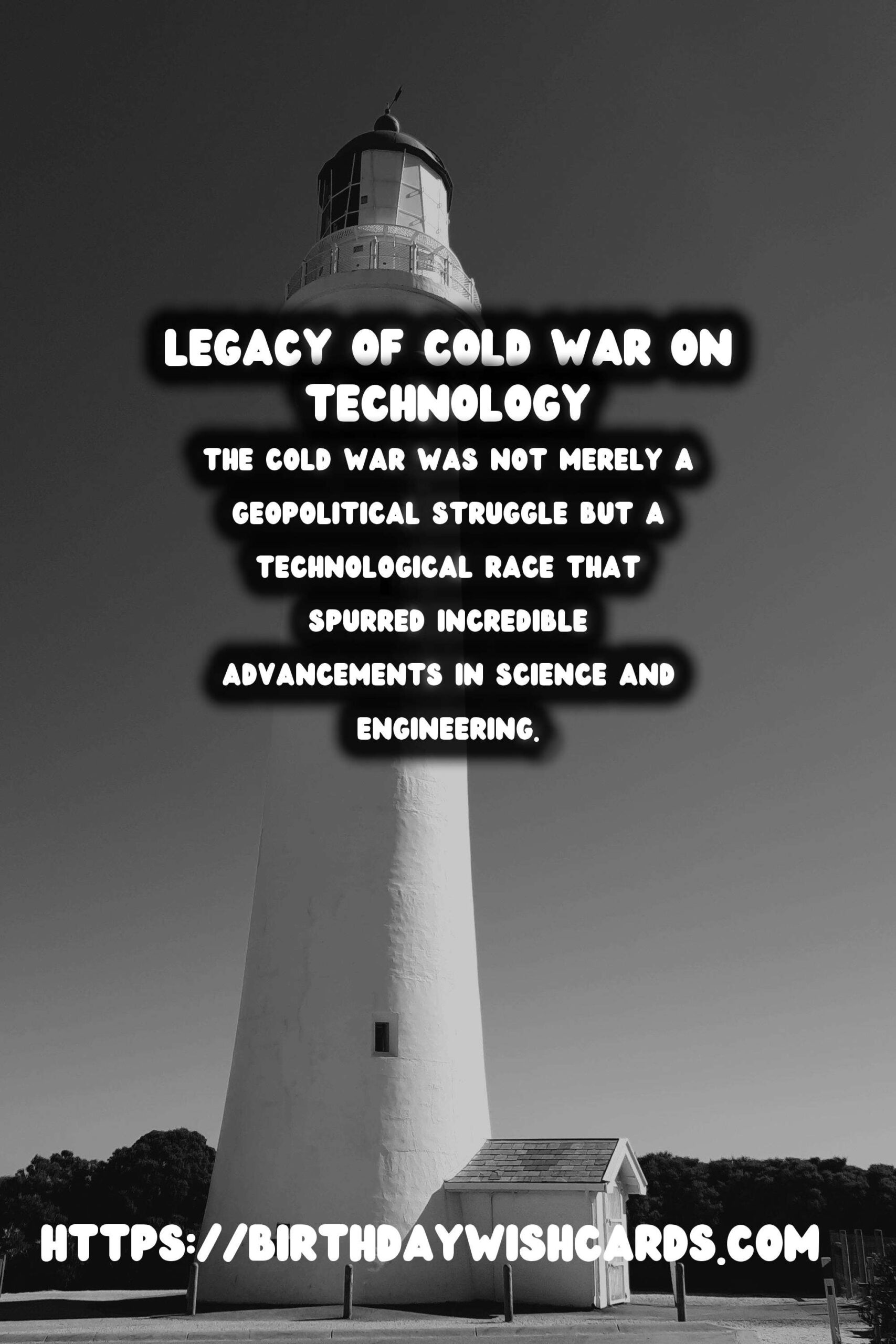
The Cold War was not merely a geopolitical struggle but a technological race that spurred incredible advancements in science and engineering. This period, spanning from the end of World War II until the early 1990s, created a backdrop for intense competition between the United States and the Soviet Union, which manifested profoundly in technological development.
The Arms Race and Its Technological Advances
One of the most significant impacts of the Cold War was on arms technology. Both superpowers invested heavily in nuclear weapons development, leading to innovations in missile technology, rocketry, and nuclear energy. The space race was another offshoot, culminating in the moon landing of 1969.
During this time, an intricate web of defense-related technological advancements took shape, many of which transitioned later to civilian applications. For instance, the Polaris missile program helped accelerate the development of miniaturized computing technologies.
Computing and Cybersecurity: Born from Necessity
The need for secure communication and rapid processing of vast data loads led to remarkable strides in computing and telecommunications technology during the Cold War. The development of early computers, such as the ENIAC and UNIVAC, paved the way for modern computing systems. This period also laid the groundwork for the creation of the Internet, initially developed as ARPANET in 1969.
Cybersecurity emerged as a significant concern—one that continues to be crucial in today’s digital landscape. The early work on cryptography during the Cold War set the stage for contemporary cybersecurity measures.
Satellite Technology and Global Communications
The drive to outpace the Soviet Union in space led to key developments in satellite technology. The launch of Sputnik by the Soviets in 1957 ignited a fierce race to conquer space, resulting in innovations like GPS and global telecommunications infrastructures that we depend on today.
Implications for Modern Technology and Innovation
The Cold War era’s technological advances laid the foundation for unprecedented changes in the 21st century. The focus on engineering and physics transformed into today’s diverse tech landscape, flourishing with consumer electronics, personal computing, and the ubiquitous Internet.
Today’s tech giants owe much of their foundational technologies to the innovations of the Cold War era, as the competitive environment pushed boundaries and fast-tracked research and development.
The Cultural Impact
Beyond tangible technological advancements, the Cold War shaped a unique culture of innovation. In America, particularly in Silicon Valley, the ethos of competition and the urgency of Cold War pressures fostered a lasting spirit of innovation and entrepreneurship that defines the tech industry today.
In conclusion, the Cold War, although a period of geopolitical tension, created pathways for rapid technological progress that continue to drive the modern world. The legacy of this epoch is etched in the technological advancements we benefit from daily, proving that necessity is indeed the mother of invention.
The Cold War was not merely a geopolitical struggle but a technological race that spurred incredible advancements in science and engineering. The Cold War era’s technological advances laid the foundation for unprecedented changes in the 21st century. 









#ColdWarLegacy #TechnologyImpact



